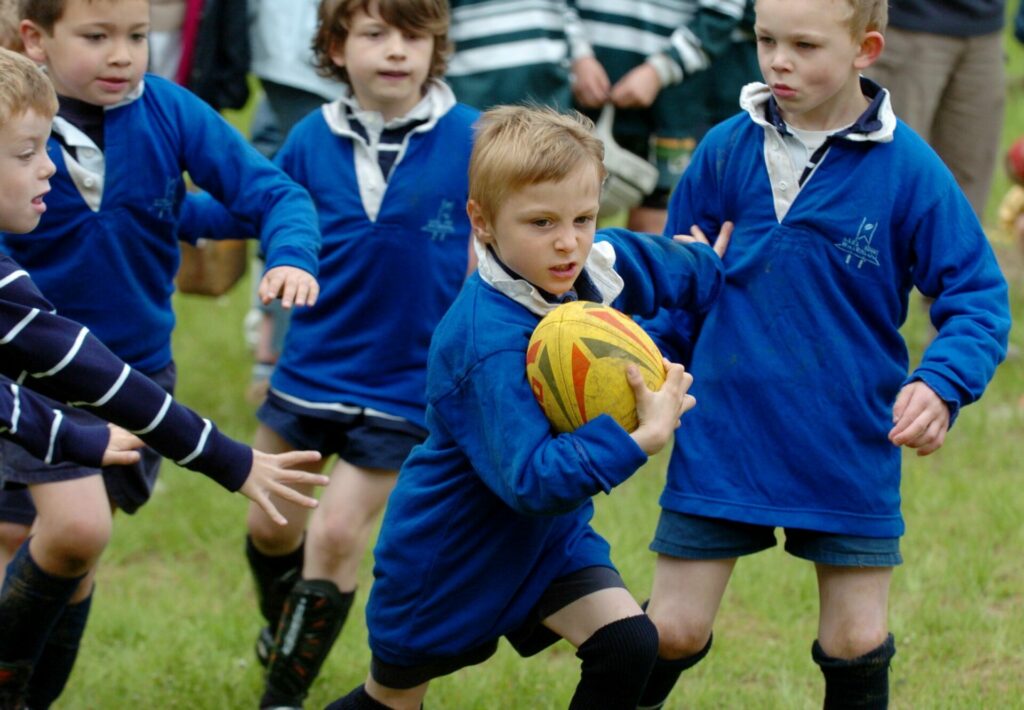Whether for leisure or competitions, sport occupies an important place in our personal lives. But the benefits extend beyond physical health and are seen at a broader, social level.
The Administration of Physical Education, Sport and Outdoor Life (ADEPS), in collaboration with its Flemish counterpart Sport Vlaanderen, recently presented a series of studies detailing the role of sport at different levels of our society.
The study takes stock, both quantitatively and qualitatively, of the state of sports practices and expectations within the Wallonia-Brussels Federation, comparing data from previous studies (1991 and 2006). This has shown a positive evolution in the practice of sport by children and adolescents: 76% of 6–18-year-olds practice a sporting activity, 10% more than in 1991 and 6% more than in 2006.
More nuance
Alexandre Mouton, a professor at ULiège, details these results, in order to be able to compare them to international recommendations for young people, i.e., one hour of physical activity per day: "22% of them practice at least two hours of activity per week, 35% between 2 and 5 hours and 21% more than 5 hours,” the professor said. “So, we're going in the right direction, but that doesn't necessarily mean that all young people are doing enough physical activity."
The study also notes that screen time exceeds that of sports activities at a very early age, around 6-7 years for non-athletes, and 10-11 years for athletes. Leisure activities involving a screen (TV, video games, smartphone, etc.) are the most popular among young people.
Changing attitudes to physical activity
Another interesting point in terms of evolution: sports practice is now happening much earlier, but falls off during adolescence, then rises to higher levels than in previous studies, around 16-18 years.
"The fall corresponds to the beginning of adolescence, more marked than previous surveys, which can be explained by different factors: change of interest or the decrease in the influence of parents,” Mouton said. “It is, therefore, a point of interest for sports federations, how to maintain the interest of young people in their sports practice at this age."
Related News
- Walk this way: Regular strolls to get fit
- Healthy lifestyle campaign in the EU with focus on more sport and healthier food
Young teenagers also transition from practising sport within a club to a more free form of practice. This switch happens around 16-18 years of age.
"Covid has accentuated this evolution," Mouton said.
Over the course of life, there is also a shift in the factor that pushes us to practice physical activity: from fun until the age of 18, we move towards being fit and healthy in the transition to adulthood. The logistical aspect, like managing a schedule, travel and finances, also becomes a preponderant factor during the transition to working life.
Faced with this observation, the study identified ten recommendations to promote sports practice, including:
- promoting sport via connected tools
- encouraging family sports practice
- supporting the general practitioner in his role of prescribing physical activity
- proposing a sports offer adapted to the female public (who practice relatively less sport compared to the male public)
- strengthening multisport practice, which is still weak in Belgium

